My New Canon 5DSr
Yeeehaa!!! I just love blowing money with abandon. And I did it in style this time, I purchased a new Canon 5DSr and I love it. The purpose of this blog post is just to get a few pics out there to show this amazing camera’s capabilities, and to give you some insight as to what an amateur can expect… should you have about $4K laying around gathering dust. The pics above have, for the most part, very little tweaking in LightRoom where the RAWs (I always shoot full RAW) were converted to JPG and cropped to improve composition. The quality out of this camera is just great.
Why is this special?
It is the first, full-frame DSLR with 51 Megapixels and has Canon’s newest and great focusing system. Wow… there is no camera on the market today with these capabilities. On top of this, I chose the “R” variant that does not have the advantage of an anti-aliasing filter. This means is it is a tad sharper than a non-“R” 5DS but comes at the cost of getting the rare occurrence of moiré, a distortion that can happen when there are tight repeating patterns in a picture like cloth weave or.. oh oh… bird feathers.
To the point: what I like
First, no one needs these high-megapixel cameras unless you are a commercial photographer or an amateur who crops like crazy….. and that would be me…. the amateur guy. I crop for two reasons:
- Recomposing a crappy picture into a good one by cutting out the bad parts and using only the good stuff (a pro usually gets it right the first time, I have to work on it in software later)
- Turning a faraway spec of a bird into a frame-filling portraiture
If you do not crop your photos, you do not need more megapixels. Actually all you need is about 6 megapixels and you can take beautiful photos that can look fantastic. Standing out in the marketplace drives camera manufactures to make product with bigger numbers… after all, more is better to the average buyer.
But this new 5DSr is about more than just megapixels as it just takes really beautiful photos. There are many other technological aspects to producing a good looking photo and megapixels is only a small part of the quality equation. This 5DSr advances the state of the technology art in many many ways.
My last camera was a 5D MK II I purchased in 2010, five years ago, and that was a stunning camera with benchmark setting picture quality. My photography improved just by holding it. I skipped the 5D MK III because I didn’t think the picture quality was better than my Mk II although I did want the III’s much improved focusing system for tracking birds.
So here is a summary of what I like about this camera:
- 51 Megapixels – I can crop crop crop and the details emerge beautiful and sharp. Even 100% crops look better than the 100% crops on my old MK II for reasons I don’t understand yet.
- Picture Quality – The pictures just look way better right out of the camera. I find I spend less time in LightRoom working to make these pictures special…. They just are good.
- Focusing system – The thing has Canon’s latest focusing system and it is better than the 5D MK II for tracking moving subjects like birds. The system is actually better at many things but I only use the center point for normal shooting and the AI Servo for tracking birds… I don’t need or use the other fancy focus features like face recognition.
- Higher “Base ISO” – “Base ISO” is what I call my go-to ISO for great picture quality. On my 5D MK II, this was ISO 200 but I would go to ISO 320 and always get good results. For the 5DSr, I am shooting at ISO 800 and seeing just great photos with virtually no noise or lumpiness. I love this for birds as I can get higher shutter speeds from higher ISOs to freeze these buggers and therefore get sharper photos all around.
- Finally it is an “Everything” camera – The 5D MK II was called a portrait camera because the shutter was slow and the focus system was not good for action. To get those items, you had to jump to the 1DX, Canon’s top of the line $7K camera. But now the 5DSr is a bit faster and with its killer focus system is just an all-around great camera for everything. (Note: despite the legitimate criticisms of the Mk II, I still shot birds in flight with it and got good results… I also wrecked a ton because of the slow and clunky focus system but it did work.)
This camera is loaded with a bijillion other features but honestly, I doubt I will use them. I still shoot using my basic system of configuration and approach (click here for my secret settings) and this will not change although I will be upping the base ISO I use as my starting point.
Deep Crop Samples
Deep crops from this 5DSr look better than the same deep crop from my 5D MK II. They shouldn’t, as I would expect the 5DSr to crop deeper for sure, but the results should be roughly equal. Actually the 5DSr should look worse as flaws in the glass and my technique would be more pronounced but they are not. These deep crops look fantastic!
This jumping spider was tiny to begin with and I was actually pretty close to him. The 100% crop of his cute little face looks like it could be sharper and it could! Really I can do this better but as I noted, if you want the best out of this camera, your technique has to be perfect. Why isn’t his face sharper? I made a few mistakes. The shutter was too slow at 1/30 sec and I had the f/stop too narrow at f/10 where diffraction (blurriness) starts to set in. Every lens has its sweet spot of most sharpness and this lens’s sharpest is at around f/5.6. I shot more closed (a higher f/number) because I wanted more of the pic in focus, I wanted a deeper depth of field. So, lots to learn, lots to improve, and I am going to have a heck of a fun time learning this camera and becoming a better photographer. By the way, how do I know what f/stop is the sharpest for my lens? These guys are great for this data: Fotozone in Germany & My 100mm Macro
Spider below: 1/30 sec, f/10, ISO 800, Canon EF 100mm f2.8L Macro IS USM lens
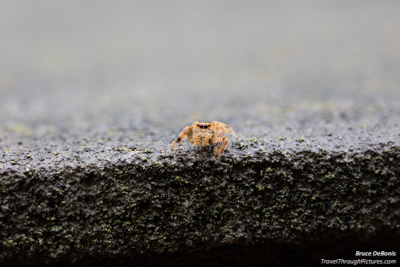
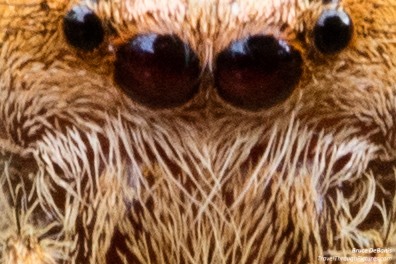
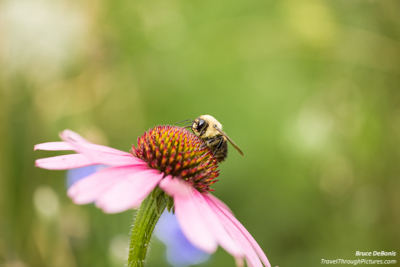
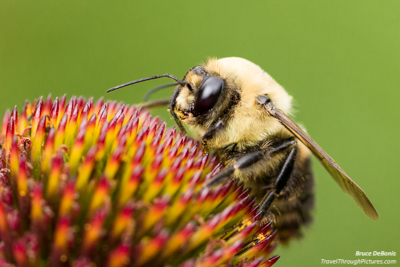
Comments on other reviews
There are many reviews now popping up on the net about this camera and they all have great things to say about this model. Some say Canon does not have enough dynamic range, or the high ISO noise performance could be better, or whatever but otherwise, the camera is getting raves. The reviews go into the massive feature list and discuss them ad nauseam, but I just don’t care about these features. My big five above are all I care about and this camera knocks it out of the park for me.
For another great, in-depth review with real shooting tips, try The Digital Picture as the author has reviews of both the 5DS and the 5DSr with technology-oriented samples.
Does this camera get the chicks?
No, I am not talking birds here, I am talking about women. Does this camera impress? Well no it doesn’t because of a simple fact: it isn’t the biggest camera in town. If you wanna attract ‘em, you gotta use the correct bait. While of a large size, this camera doesn’t stand up in a crowded market. It could be bigger. To those moving up from a crop-sized sensor camera like a rebel, you will feel the heft and your voice will naturally deepen. But this body is the same size as the Mark III and even though it packs more technology, Canon kept it the same size.
To get the most out of it
First, if you are coming from any other Canon camera, your pictures will just simply improve. No matter what lenses you own, you will get better pictures. If you are coming from a crop-sized sensor camera like a Rebel, you will be blown away. This camera just takes beautiful pictures. Period.
Now if you want to get that super fine detail when you crop and exercise those 51 megapixels, well that is gonna cost you again. You are going to need perfect technique in stopping action and keeping the camera rock steady. You will also need top shelf glass…. The best lenses will really shine with this camera. Why this emphasis on technique and steady fast shutter? Because these pixels are so darn tiny, the slightest micro-vibration will smear light across them and you will never get the full benefit of this technology. Even shutter vibration can hurt clarity.
To help reduce vibration, Canon created a new lower-vibration shutter system and they give you the option to actually insert a delay of 1/8, 1/4, or more seconds between the raising of the mirror and actually taking the picture. This super slight delay will allow the camera vibrations to settle out. This is just an example of how crazy things get when pixel sizes and densities become this small. I actually use the 1/4 second shutter delay when I am shooting flowers where speed is not important and detail rules.
Now should you care about this vibration issue? Well if you are like me and want a high-pixel count camera for deep cropping, then yes you must care or you are wasting your money. If you don’t crop or just crop a bit, none of this matters as the issue is just too small for you to see even on a large computer monitor.
What’s missing?
What I want from this DSLR is what I want from any DSLR:
- High ISOs with no noise – I want to shoot in low light at high shutter speeds with narrow apertures without a flash. I fear this technology is years away as this seems to be a capability that is advancing slowly.
- High dynamic range – I want the camera to capture the brights and darks of a scene as my eyes see it so I don’t have underexposed and overexposed areas in the same picture. Again, this capability appears many years away.
All the other gizmos and wizardry loaded into these growing in-camera menus are worth little to me as I tend to turn off most of that stuff and rarely use other features. More is better, remember I am a geek, but not required.
The Equipment:
- Canon 5DSr
- Canon 5D MkII
- Various Canon “L” lenses
- LightRoom 6.1

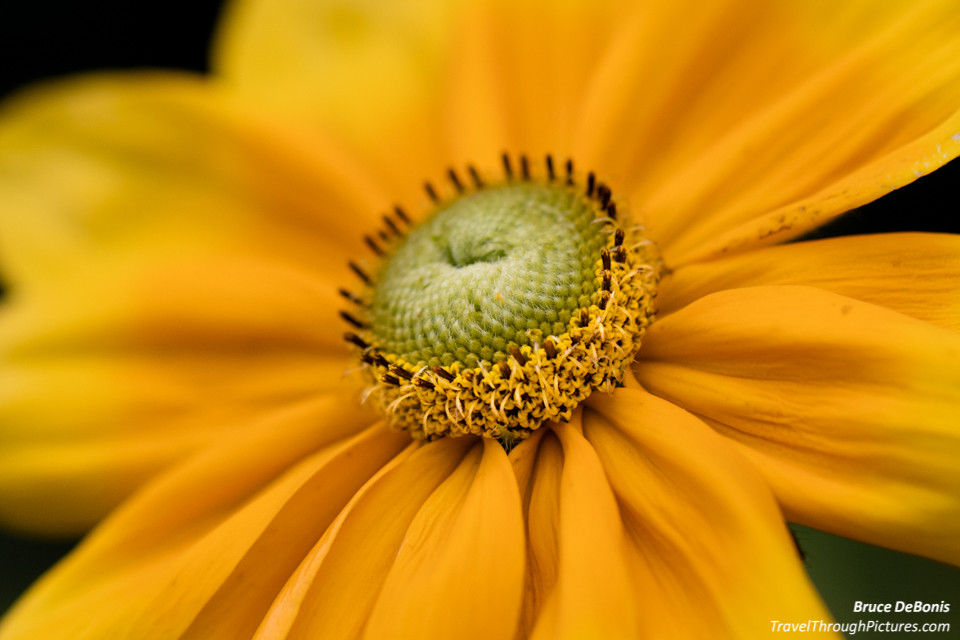
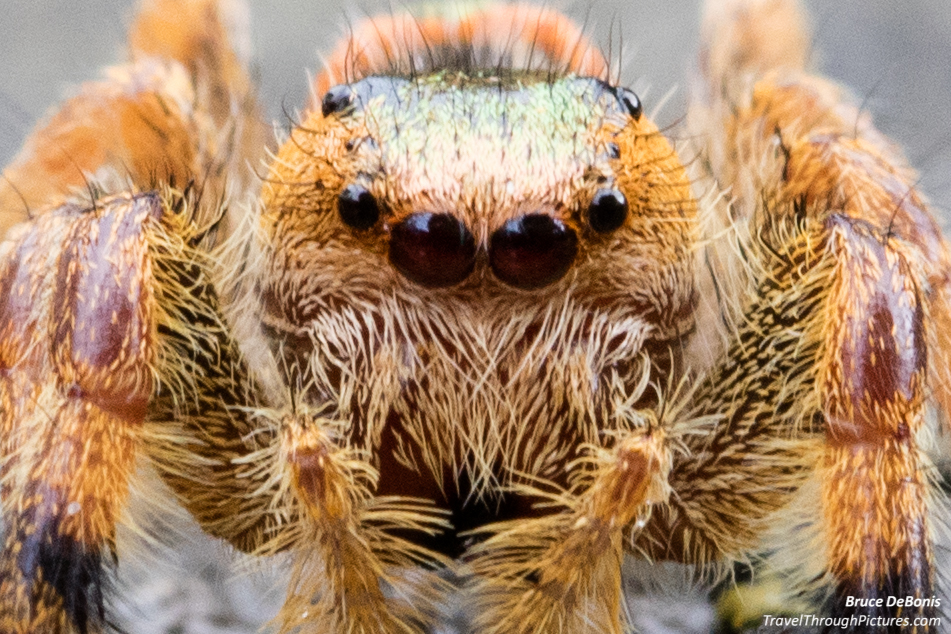
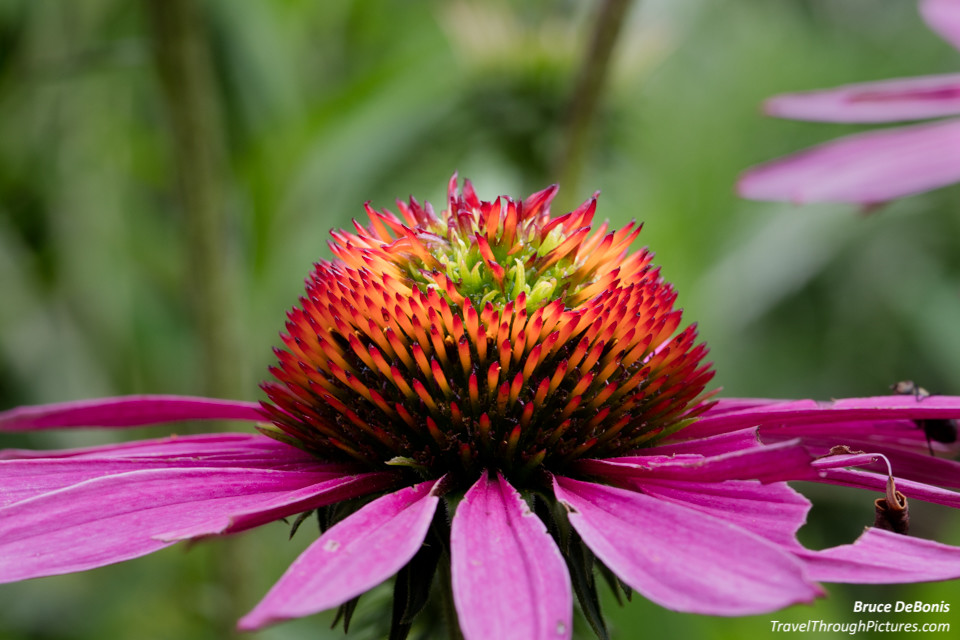
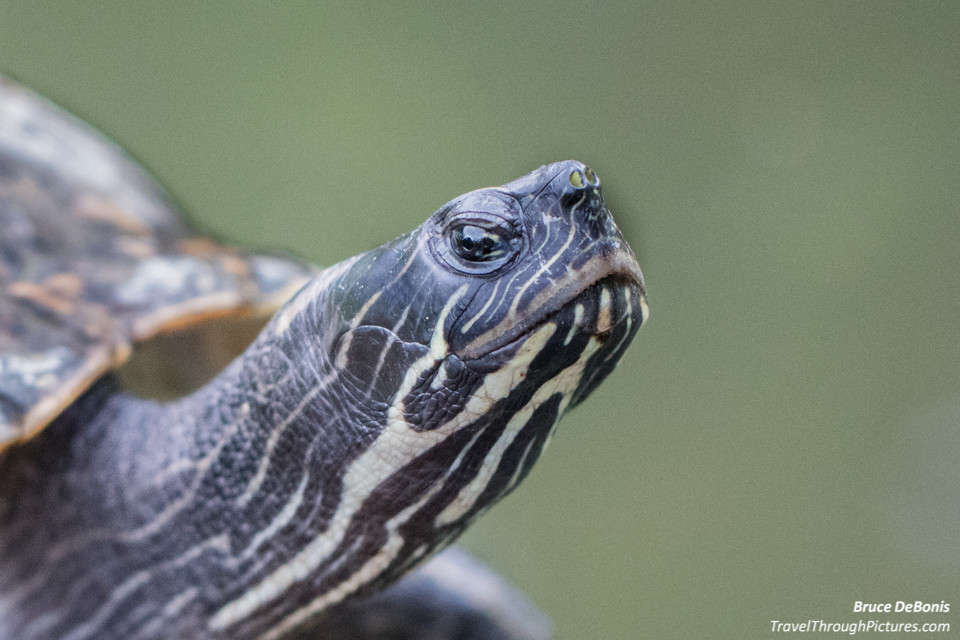
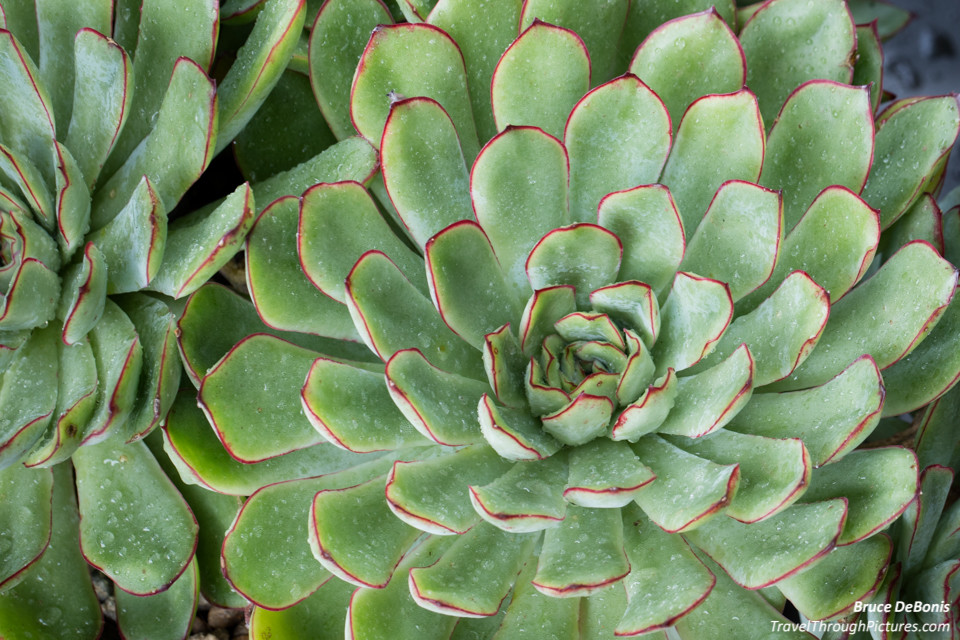
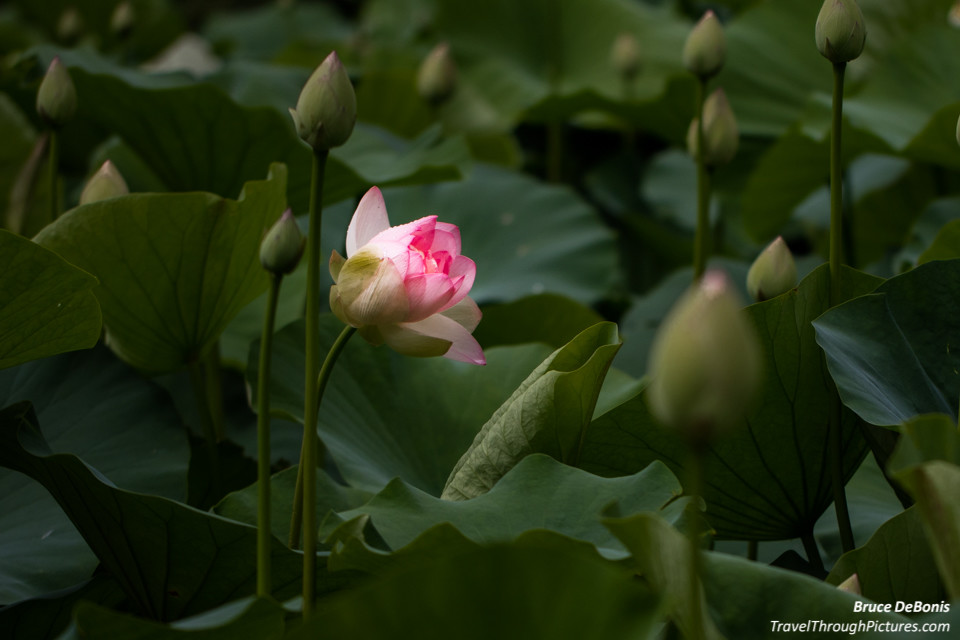
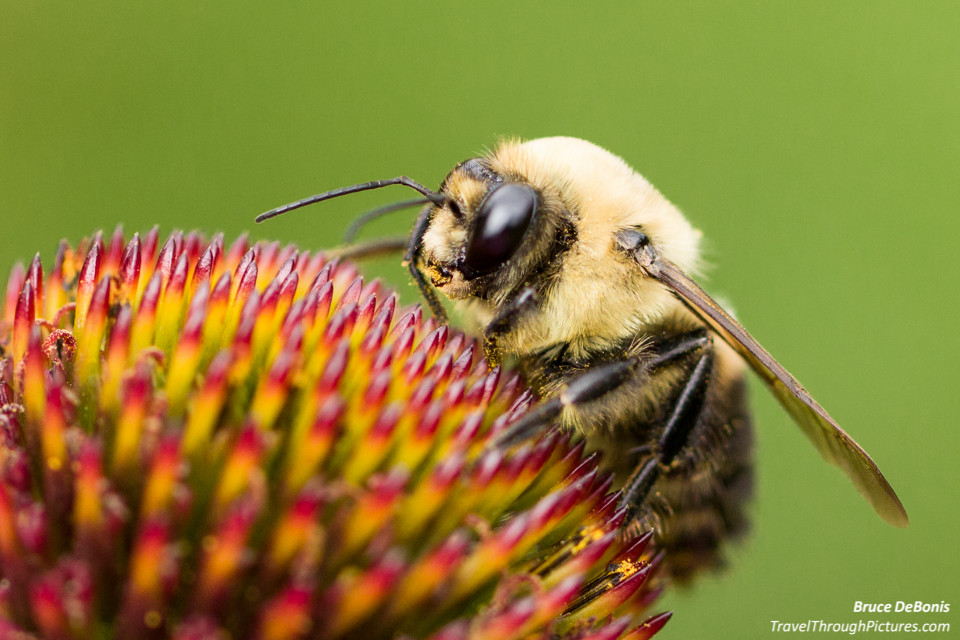
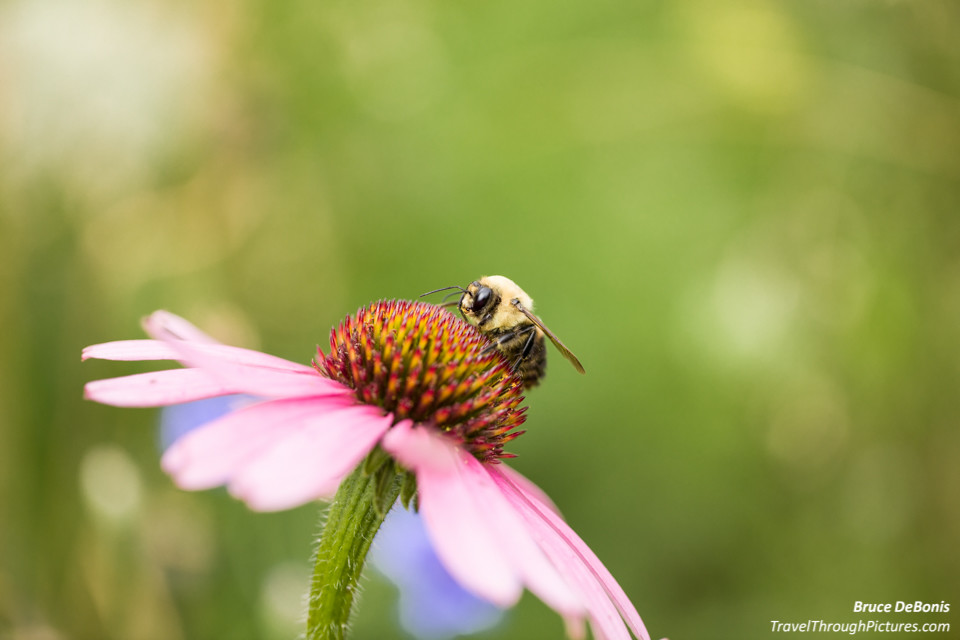
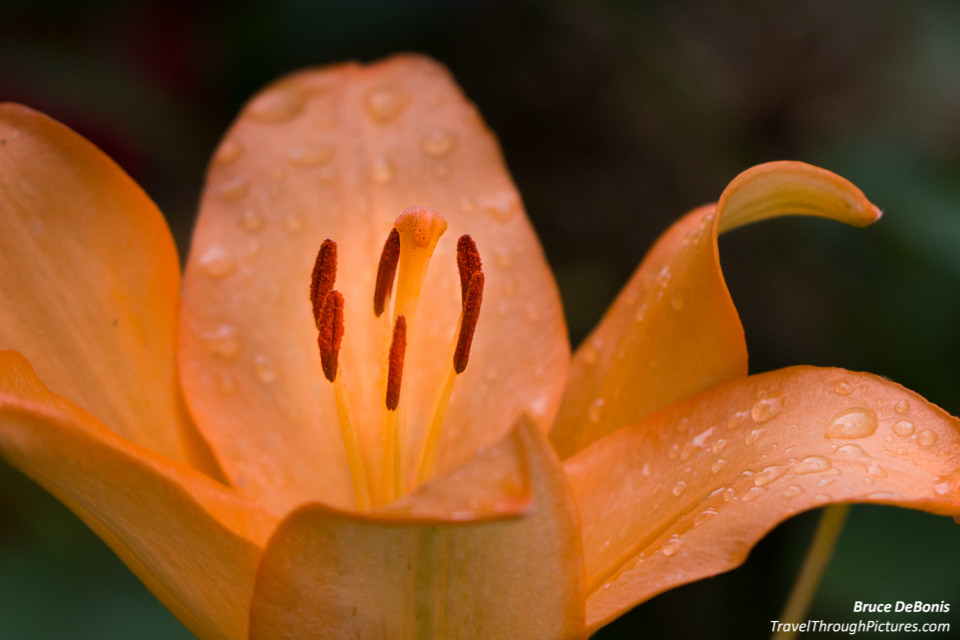
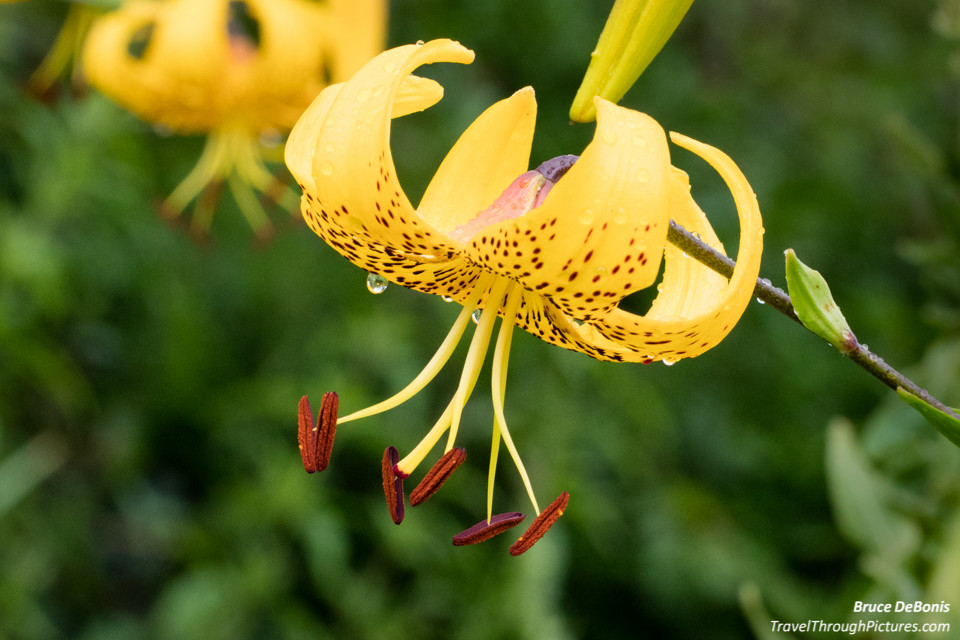
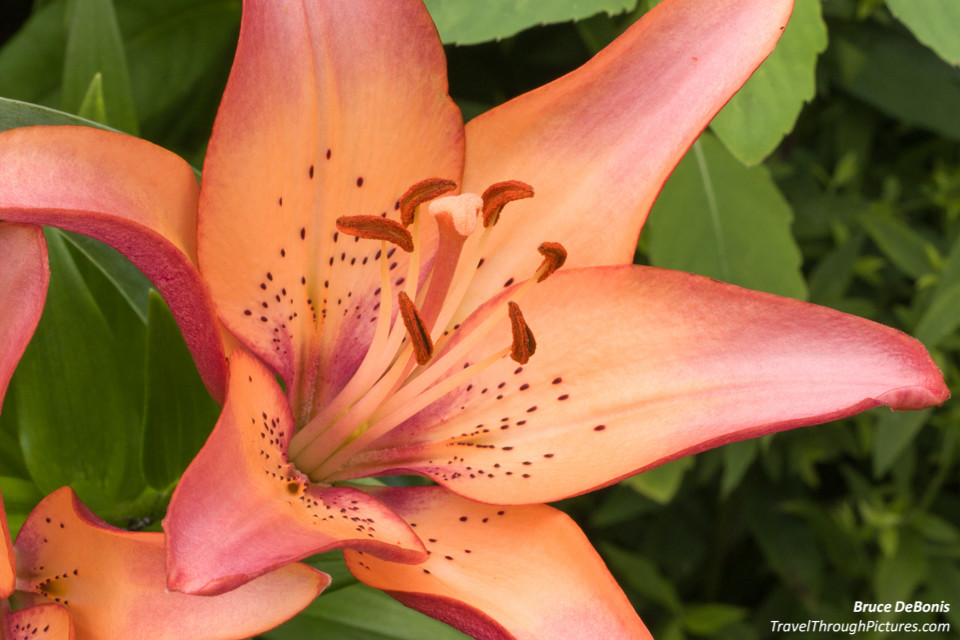
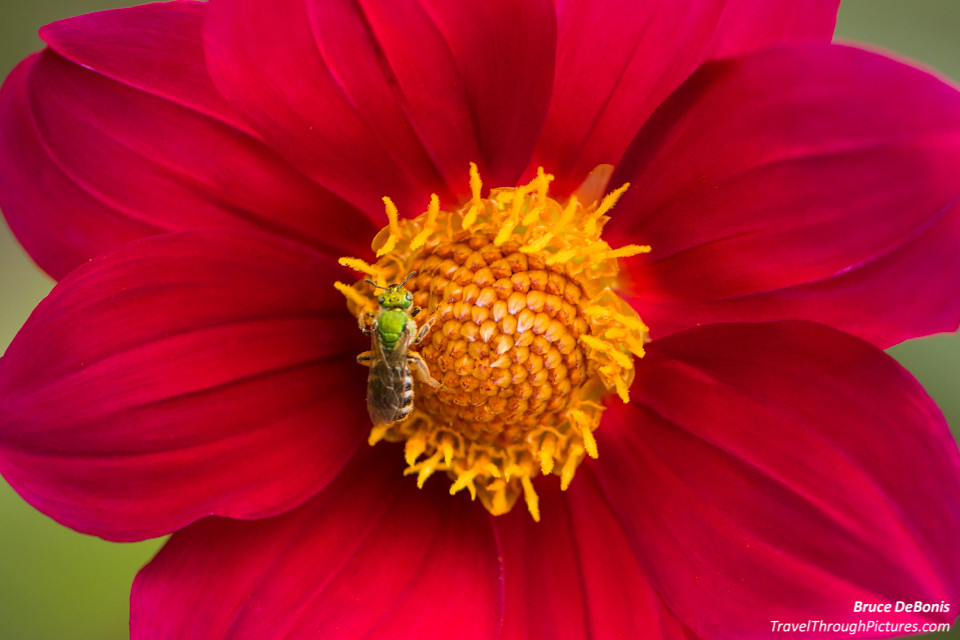
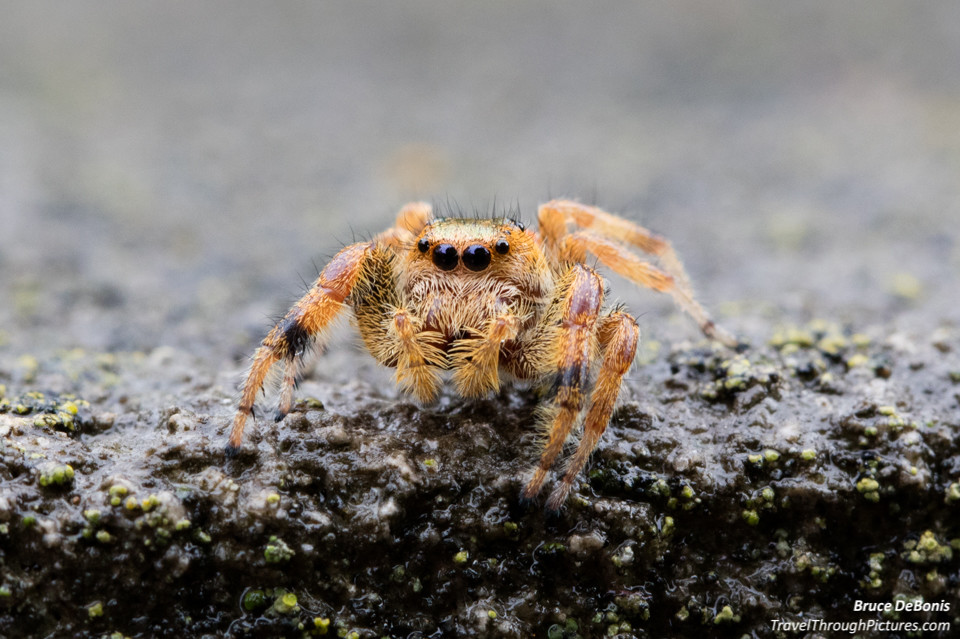
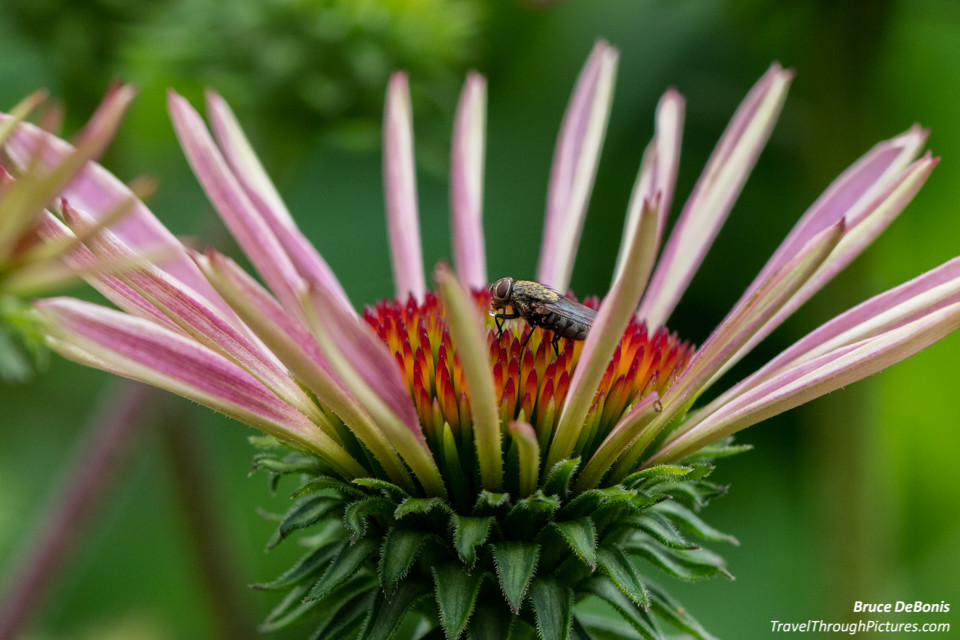
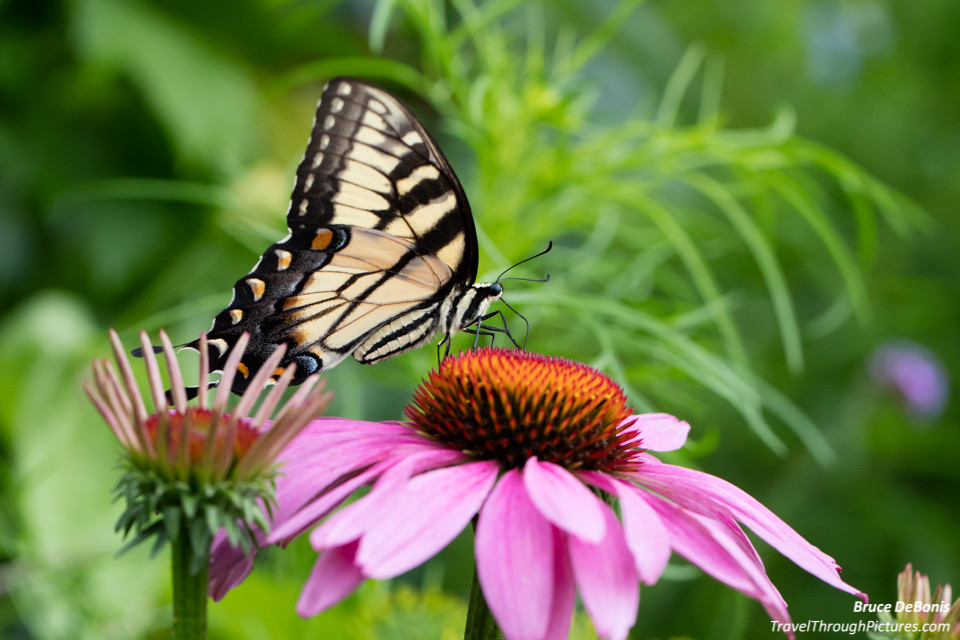
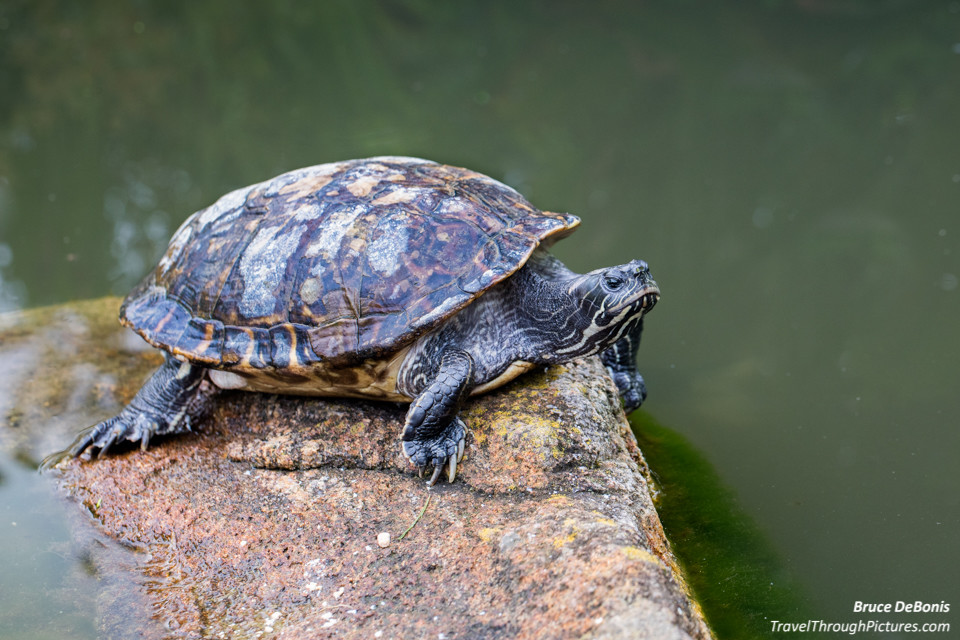
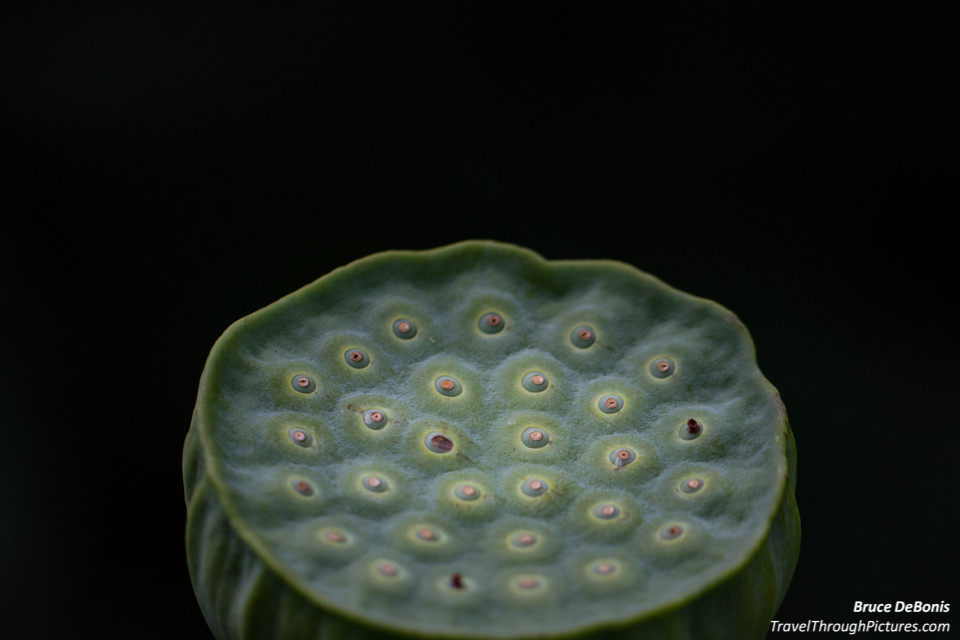
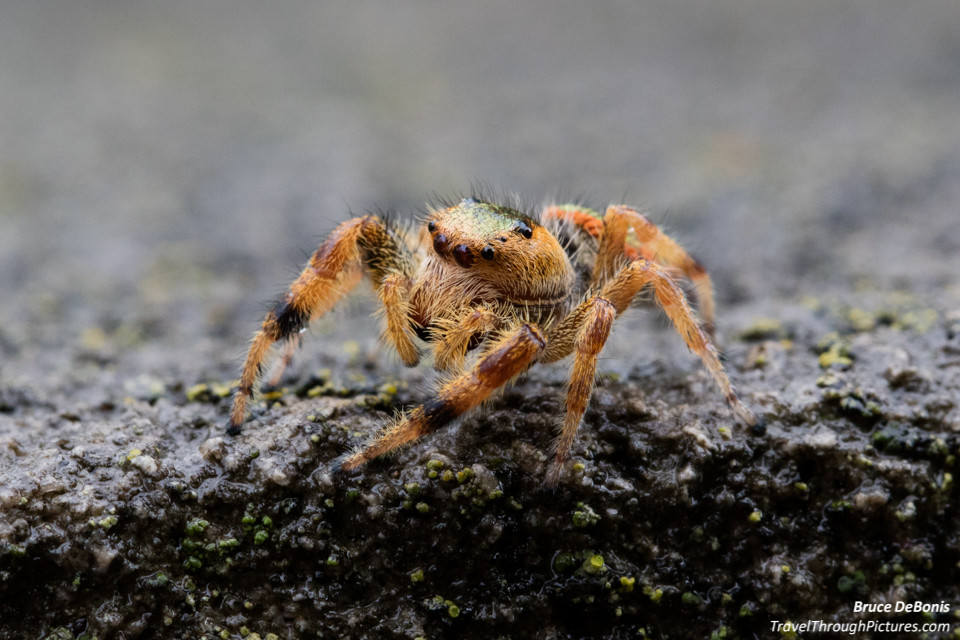
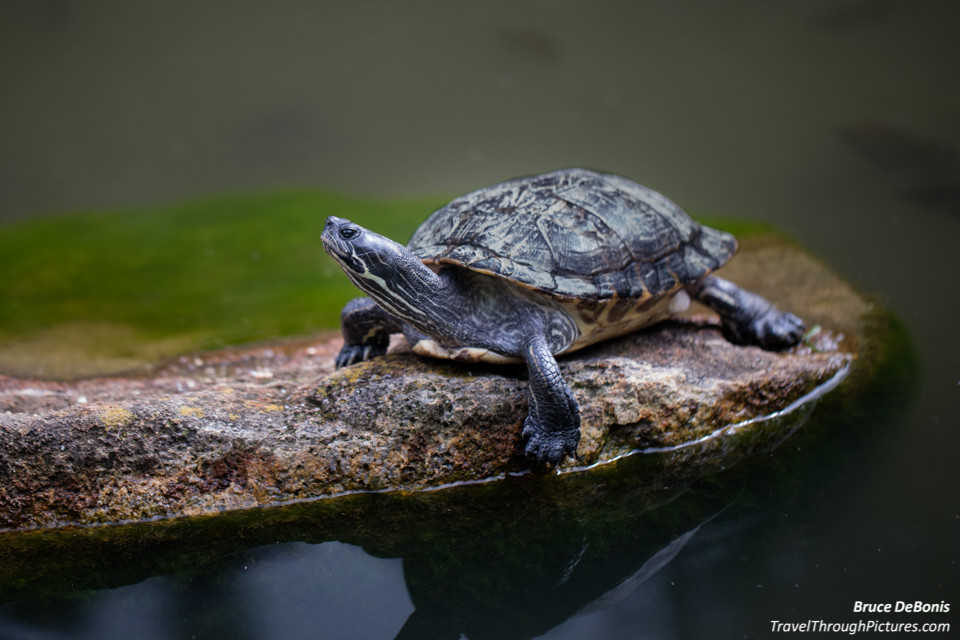
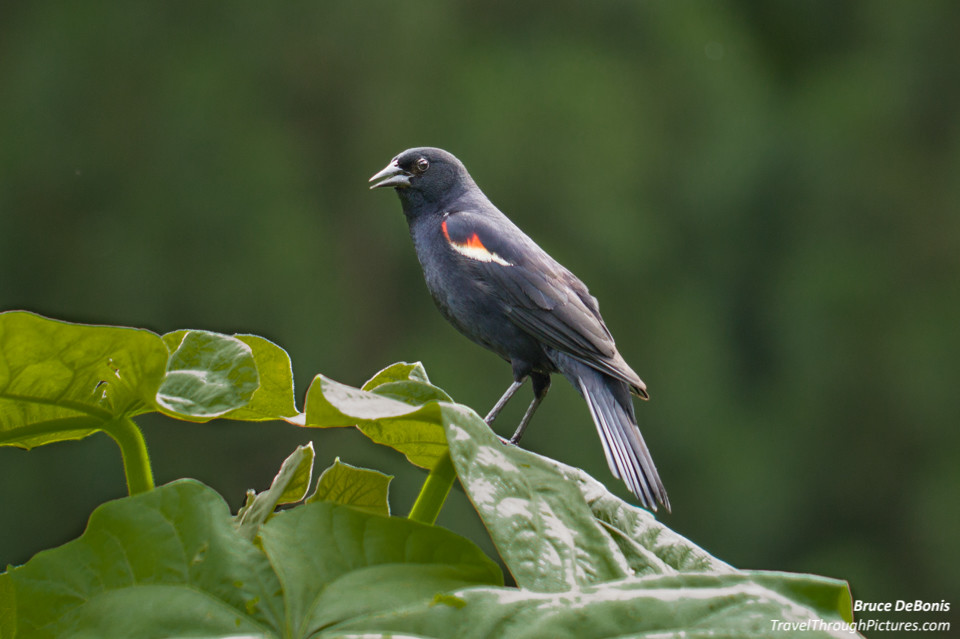
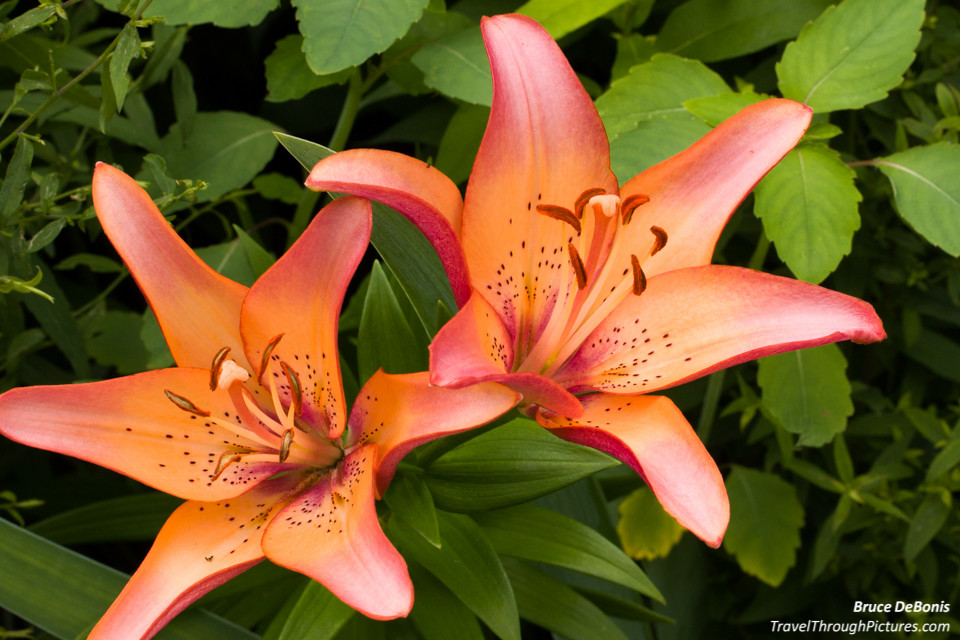


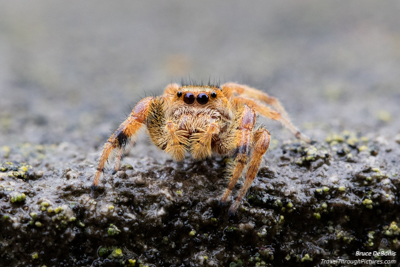


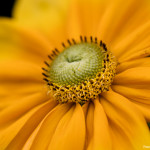
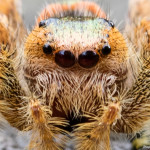
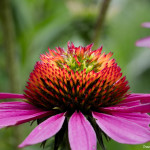

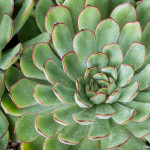
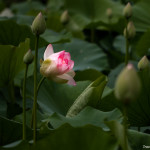
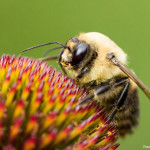
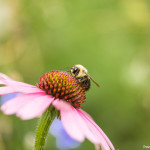
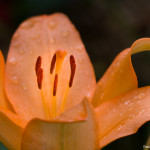
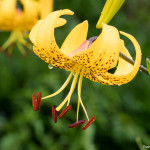
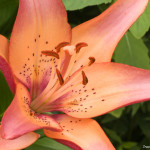
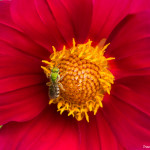
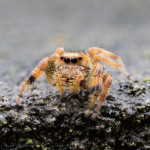
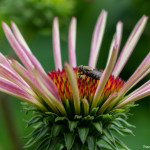
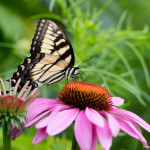
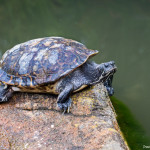
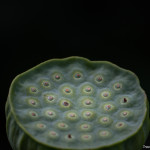
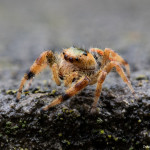
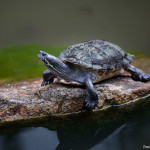
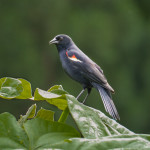
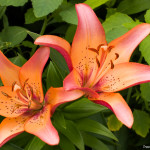
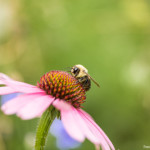
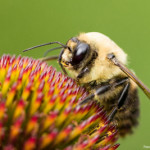
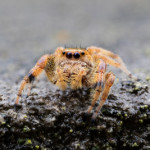
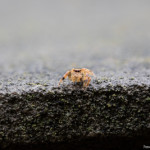

4 Responses to “My New Canon 5DSr – Quick Review”